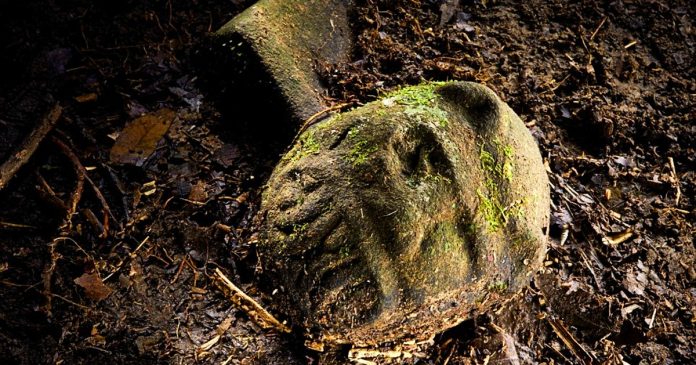In the heart of Honduras’ Mosquitia jungle lies a legend that captivated explorers for centuries, the fabled “Lost City of the Monkey God.” Shrouded in mystery, this lost civilization was said to have vanished around 1500A.D. Abandoned due to a curse tied to disease. In 2015, a team armed with cutting-edge satellite technology ventured into this unforgiving wilderness to uncover its secrets. What they found was groundbreaking. But, it came at a terrifying cost, as several members contracted a flesh-eating disease that threatened their lives. This is the gripping story of their quest, the ancient ruins they unearthed, and the harrowing battle against a parasitic nightmare.
The Legend of Ciudad Blanca
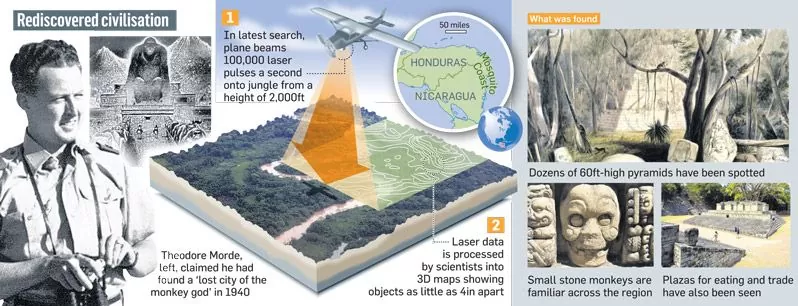
The tale of Ciudad Blanca, or the “White City,” has echoed through Honduras for generations. Indigenous stories spoke of a grand city hidden in the Mosquitia rainforest. A city filled with treasures and sacred artifacts. One abandoned when its people fled a mysterious curse. Early explorers, like Theodore Morde in 1940, claimed to have found it but provided no proof. He later admitting to fabricating parts of his story. For decades, the city remained a myth, its location swallowed by dense jungle.

LiDAR Map Legend 1:
- Settlement extent is marked in red, along with an identifier.
- Settlement numbers were assigned based on a 250m grid (fishnet) laid across the LiDAR coverage area.
- The solid red line denotes the Valley watershed.
- All data is superimposed over a 16-angle composite hillshade, draped on a color-shaded NASA SRTM DSM with a resolution of 1m/pixel.
Enter modern technology. In 2012, filmmaker Steve Elkins and his team used LIDAR, a satellite-based mapping tool, to scan the Mosquitia jungle from above. The results were astonishing: images revealed man-made structures (plazas, pyramids, and mounds) buried beneath the canopy. Named T1, this site was kept secret to prevent looting. By February 2015, Elkins, alongside bestselling author Douglas Preston and a team of over 40 scientists, anthropologists, and military personnel, launched a ground expedition to confirm the discovery. Their goal? To uncover the lost City of the Monkey God.
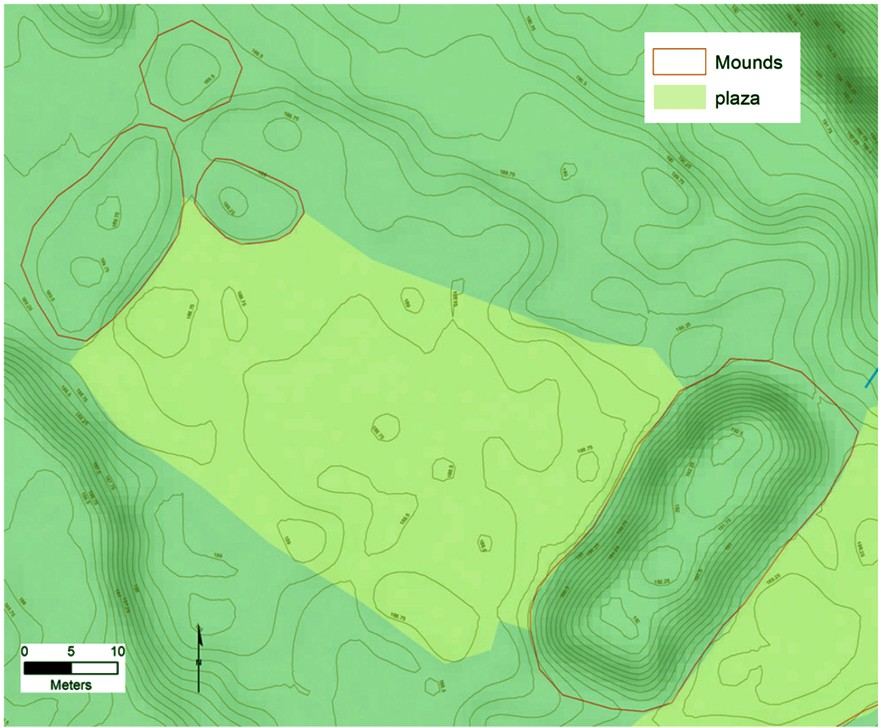
LiDAR Map Legend 2:
- Site: 955 Jaguar
- Digitized features displayed over a composite hillshade view from 16 different angles.
- Draped on a color-shaded DSM with 1 m/pixel resolution.
- Contour interval: 25 cm.
- Visualizations created using high-resolution aerial LiDAR.
Into the Jungle: A Perilous Journey
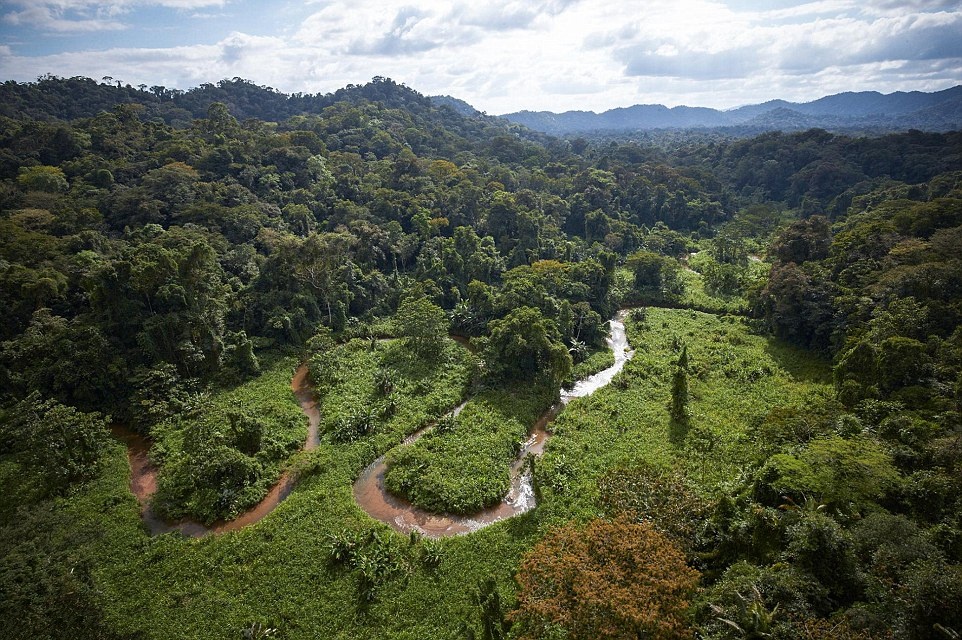
The Mosquitia rainforest, a green labyrinth in eastern Honduras, is a fortress of nature’s fiercest obstacles. In February 2015, Steve Elkins, Douglas Preston, and their team of over 40 scientists, filmmakers, and Honduran military personnel plunged into this uncharted wilderness to find Ciudad Blanca, the Lost City of the Monkey God. Armed with LIDAR data from a 2012 aerial survey, they knew where to look; but getting there was a battle against the jungle itself.
A Trek Through the Jungle


No roads penetrated the dense canopy, so helicopters dropped the team into a remote clearing. From there, they hacked through tangled vines and towering trees with machetes, each step a struggle against 45-degree slopes slick with mud from relentless rain.
Image © by Dave Yoder, National Geographic
Progress was agonizing; 10-hour days yielded just 3 miles. The air buzzed with swarms of chiggers, mosquitoes, and sand flies, their bites delivering more than just irritation. Venomous fer-de-lance snakes, capable of killing with a single strike, slithered through the undergrowth, forcing constant vigilance. “Every step felt like a gamble,” Preston later wrote, describing the jungle’s suffocating grip.
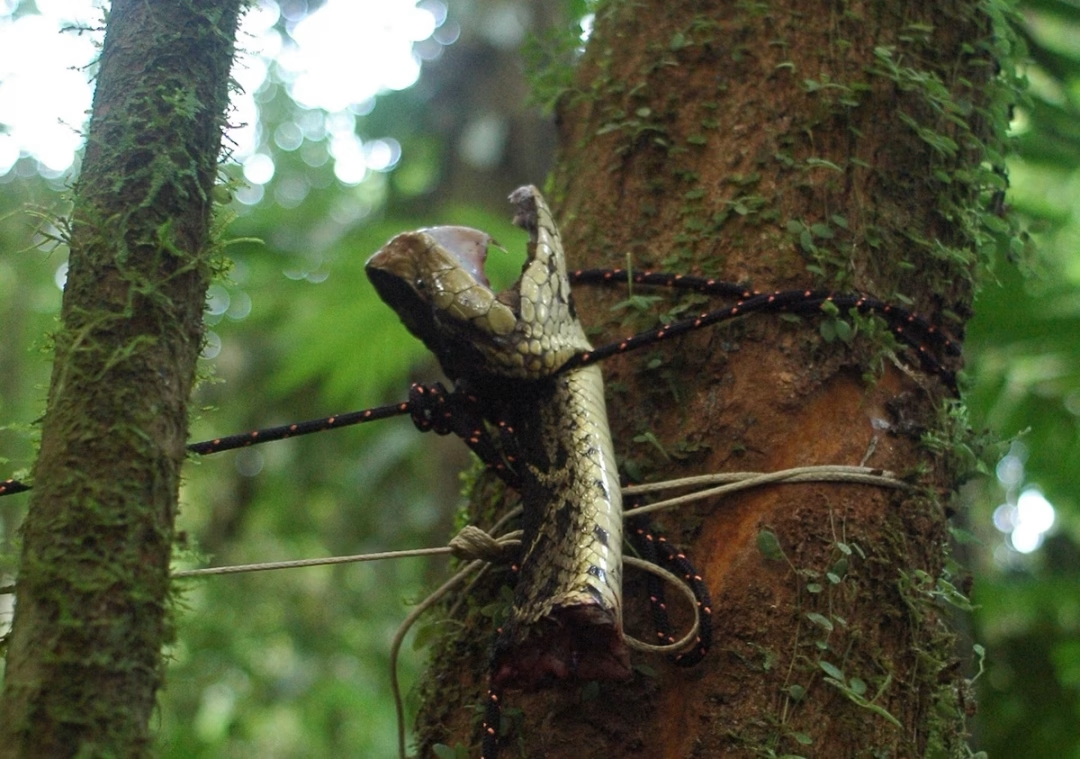
Despite the punishing conditions, the team’s persistence paid off. Guided by LIDAR’s precise maps, they uncovered a lost world: sprawling plazas, an earthen pyramid, and a cache of artifacts, including a striking jaguar head sculpture. Named La Ciudad del Jaguar by Honduran President Juan Hernandez, the site revealed a civilization abandoned around A.D. 1500. A 2016 follow-up expedition recovered over 500 artifacts, many broken as if left in a ritual farewell, hinting at a sudden exodus. The jungle had hidden these secrets for centuries, and every discovery came at the cost of battling its relentless dangers.
A Flesh-Eating Curse: The Leishmaniasis Outbreak
As the team celebrated their find, a sinister threat emerged. About six weeks after returning home, several members, including Douglas Preston, archaeologist Chris Fisher, and photographer Dave Yoder, noticed persistent sores on their skin. Diagnosis confirmed their worst fears: mucosal leishmaniasis, a parasitic disease transmitted by sand fly bites. Known as a “flesh-eating” illness, it affects over 1 million people annually. Primarily in tropical regions it’s classified as a neglected tropical disease by the World Health Organization.
Leishmaniasis starts with skin lesions but can escalate into a nightmare. If untreated, the parasite migrates to the mucous membranes of the mouth and nose. They cause ulcers that can destroy facial tissue, including the nose, lips, and bones. In severe cases, it leaves gaping sores, earning its gruesome reputation. About half the expedition team was infected, with at least five requiring urgent treatment at the National Institutes of Health (NIH).
The treatment was as harrowing as the disease. Patients endured daily 4-5 hour infusions of amphotericin B, a toxic drug nicknamed “ampho-terrible” for its side effects. Which include kidney damage, intense back pain, and shortness of breath. Photographer Dave Yoder suffered acute kidney damage, while others battled nausea and fatigue. Alternative drugs, like miltefosine, caused vomiting, diarrhea, and liver toxicity. The regimen lasted about six days, but for some, like Preston, the disease recurred, requiring ongoing care.
Fortunately, timely intervention saved all affected team members from permanent disfigurement or death. Preston reflected, “If this is the worst that’s going to happen to me, I think I’m probably lucky. No great discoveries are made without some risk.” Yet the outbreak underscored the jungle’s dangers and raised questions about the city’s ancient curse.
Ripples of an Ancient Curse
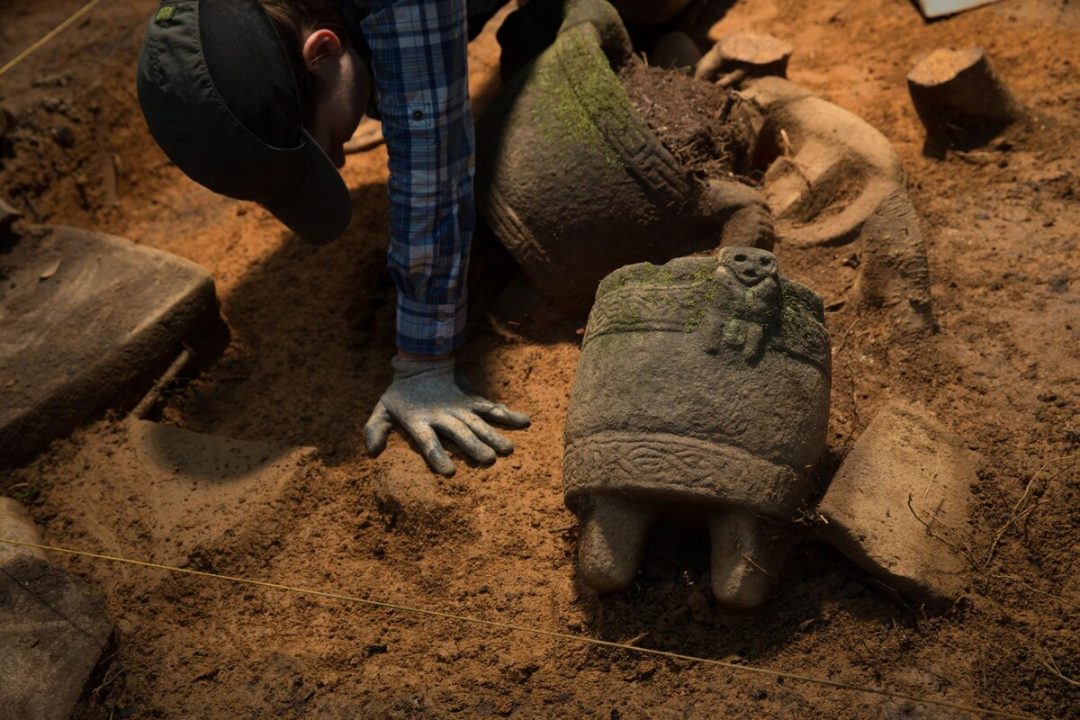
The leishmaniasis outbreak wasn’t just a modern tragedy; it may hold clues to Ciudad Blanca’s demise. Researchers speculate the city’s inhabitants abandoned it around A.D. 1500, possibly due to diseases like leishmaniasis. The artifacts, left as offerings, suggest a ritualistic departure, perhaps driven by fear of a “curse” tied to sickness. While not definitive, this theory aligns with the region’s history of disease-driven collapse.
The Legacy of the Monkey God
The 2015 expedition to Ciudad Blanca was a triumph of human curiosity and technology, proving the power of LIDAR to uncover hidden worlds. It also revealed the risks of venturing into nature’s wildest frontiers. Douglas Preston’s book, The Lost City of the Monkey God, immortalized the journey, blending adventure, science, and horror. Media outlets, from National Geographic to The Washington Post, covered the story, emphasizing the team’s resilience and the disease’s terror.
For archaeologists, the discovery opened new avenues for studying Mesoamerican cultures, though debates continue over ethical exploration and indigenous perspectives. For the public, it’s a reminder that history’s greatest mysteries often come with a price. As Chris Fisher noted, “I’m not Indiana Jones. I’m a scientist.
The City of the Monkey God is no longer a myth; it’s a testament to human ambition and survival. But its curse, whether ancient or modern, lingers in the scars of those who dared to find it.

